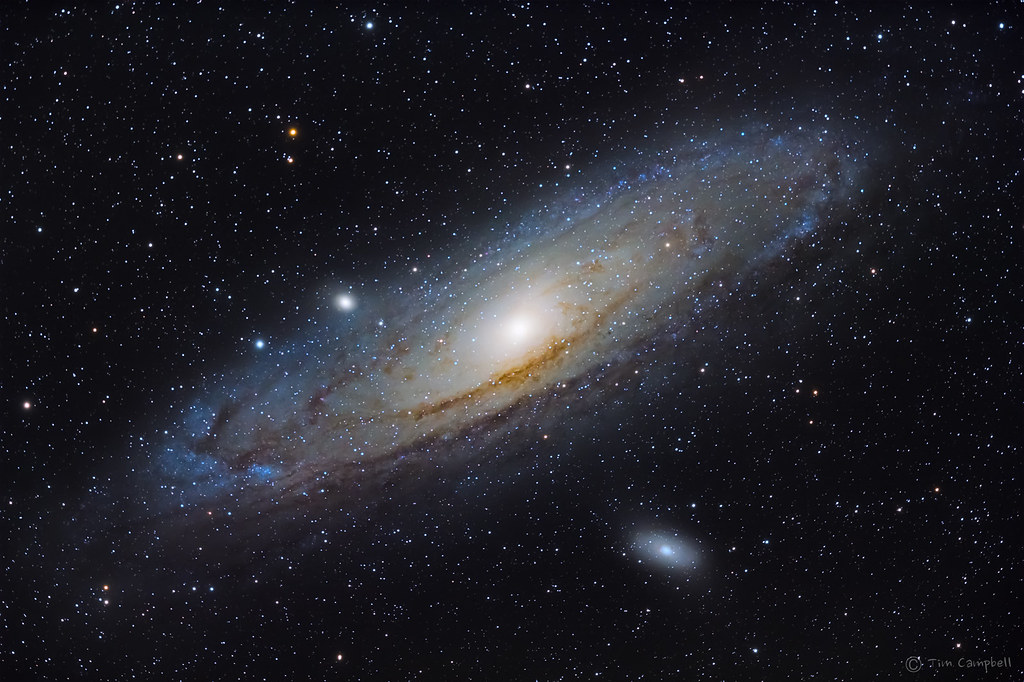The thing is that I live in Denmark, gotta find someone more local than Lifepixel
First things first... you want a filter, but you want a hard-cut IR filter rather than the slow ramping filter used for normal photography. You don't want a full-spectrum (unfiltered) camera
unless you plan to add the IR cut filter elsewhere in the imaging path.
Baader-Planetarium (Germany) will either sell you the filter replacement kit, or sell you the "service" (you ship them the camera to them and they convert it for you.) Astro-Hutech also modifies the cameras but they're in the US and you specifically said you are looking for something in Europe -- so you'll probably want to work with Baader.
Astro-imagers who using unfiltered cameras are putting the filter
somewhere in the image train. For example, they'll shoot with a monochrome unfiltered camera but they'll use a filter wheel which will rotate in the "Red", then "Green", then "Blue", then "Luminance" filters respectively as they shoot all of their sub-images that will ultimately be combined to create the final color image (and they might also use narrowband filters such as Ha, OIII, SII, etc.)
The modification causes the camera to become significantly more sensitive to the reds. Astro-imagers are after all the light emitted at the Hydrogen alpha line (656.3 nanometers) because most normal matter in the universe is hydrogen atoms and when hydrogen atoms emit energy, they mostly emit it on the Ha line -- which is that bright red color.
A non-modified camera (a typical camera used for photography) attempts to mimic the sensitivity of the human eye -- which is far more sensitive to the middle of the visible spectrum (where the greens are located) and of particular interest to us... is that we aren't very sensitive to reds. There is far more "red" in the world then we see.
Here's a couple of links...
This one shows images of the light spectrum shot with (1) a stock Canon filter, (2) the Baader IR cut filter, and (3) full spectrum (no filter).
Baader IR cut filter
The full spectrum is a bit much because light of different wavelengths focuses and different distances ... so allowing IR light to pass can actually soften the image (not what we want). But the stock filter is blocking a lot of light at the Ha line... so you see the Ha line in all three images, but notice that the graph is rather dim. The Canon stock filter only allows about 25% of the light energy to pass by the time you get to the Ha line. That's really significant considering that the hydrogen atom is the most abundant atom in the universe (by far) and when Ha atoms give off energy, most of that energy is emitted at the Ha wavelength. You'd like the camera to be sensitive to that light.
You'll also see a graph comparing the stock Canon filter to the Baader filter. Of note is how you see a ramp-down of the amount of light allowed to pass starting at around 550nm and steadily decreasing the amount of light allowed to pass as the wavelengths get longer into the reds... and by 680nm it's pretty much blocking everything. The Ha wavelength at 656nm is about 75% blocked.
Meanwhile, the Baader filter doesn't block much of anything in the visible spectrum (about 95% of the light gets to pass) but when it gets to just over 700nm it does a very abrupt hard-cut to prevent IR light.
Here's the link to the Baader website:
Baader Planetarium - Astroupgrade Service for Canon DSLR Cameras
I own a Canon 60Da -- which was factory-built with a filter intended for astrophotography. Unfortunately the supply of 60Da bodies has finally run out (just a few months ago).
And just for fun... here's an image shot by my 60Da. Galaxies aren't a good example of what the modified camera can do because they are generally considered a "black body radiation" source (full spectrum light -- rather than an emission nebula glowing rich with Ha light.) But here it is anyway:

Andromeda Galaxy & Companions by
Tim Campbell, on Flickr
That's the result of taking eight exposures for the "light" frames. Each of which is 8 minutes long (64 minutes worth of exposure in all). There are also dark frames and bias frames. Oddly, I didn't capture flats when I did this and instead relied on Pixinsight to perform what it calls "dynamic background extraction" (flats are better because they can help you eliminate dust-bunnies from the sensor image -- fortunately I didn't have any dust bunnies in this image.) The galaxy itself doesn't reveal much color to the camera, but it does have some color... so I can use the software to exaggerate the difference between cooler stars and warmer stars to produce this more colorful image of the galaxy.
I used a TeleVue NP101is (4" quad-element apochromatic refractor) and a Losmandy G11 mount. I cannot overstate the importance of having a quality mount if you plan to do astrophotography.








![[No title]](/data/xfmg/thumbnail/35/35587-16c570d2927f2a9ea1945320686eca01.jpg?1734167214)




